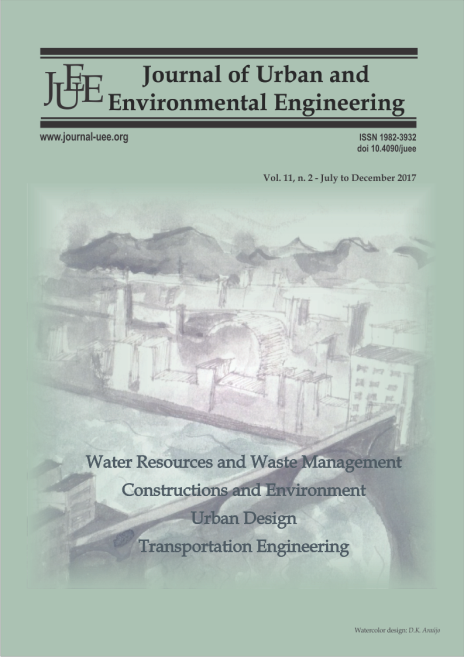OPEN SPACE DESIGN STUDY ON THE BASIS OF EXTREME MICROCLIMATE AND SPATIAL BEHAVIOR IN NORTHERN CHINA
DOI:
https://doi.org/10.4090/juee.2017.v11n2.180-192Keywords:
Outdoor comfort, Urban design, Street canyon, Activities, Optimization designAbstract
Microclimate in open space affected by the urban layout and spatial forms plays an important role in the outdoor comfort, thus the outdoor activities based on the comfort sensation will directly affected by the microclimate. An outstanding open space should satisfy different requirements of outdoor activities and create relatively comfortable sensation. Most studies have been conducted on these relationships only above 0 Celsius degree. However, only few have focused on extreme situations in both hot and cold seasons. Therefore, from microclimate perspective, taking people’s comfort and spatial behaviors as criterions, this research discussed how the open space forms affect microclimate, thus affect comfort sensation and spatial behaviors. The outcomes may provide some useful insights for planners and architects to understand the relationship among microclimate, open space and people. Results showed that microclimate obviously affected people’s comfort. In hot season, shade and air-flow played crucial roles in outdoor comfort. People tend to stay outside in the shade and the area with higher air velocity. After sunset is popular period for outdoor activities. In cold season, at the same ambient temperature, lower air velocity raised the comfort level. Shade also had influences on comfort sensation but do not affect spatial behaviors significantly. This paper also proposes optimization design proposals of densely populated open space based on extreme microclimate and spatial behaviour.Downloads
Download data is not yet available.
Downloads
Published
2018-06-27
Issue
Section
Articles




